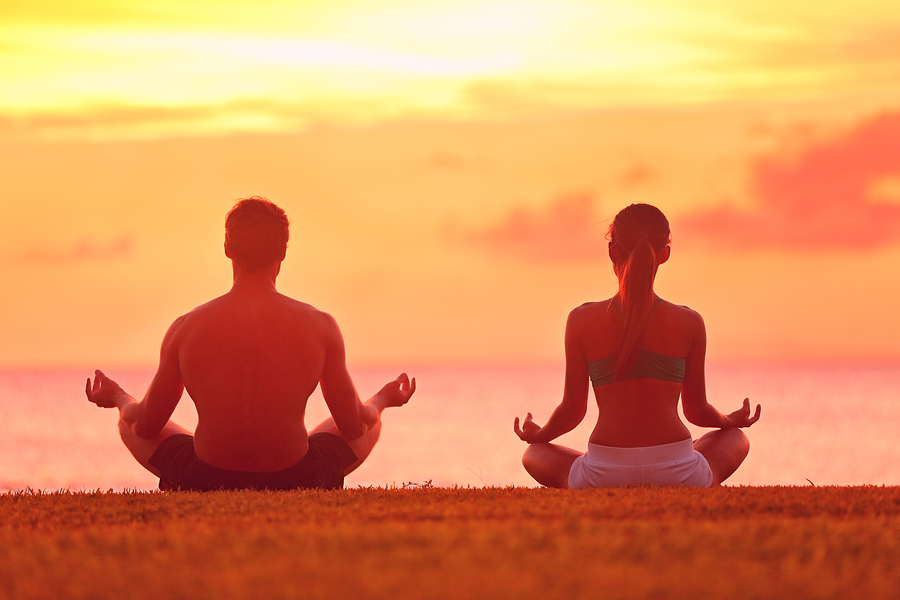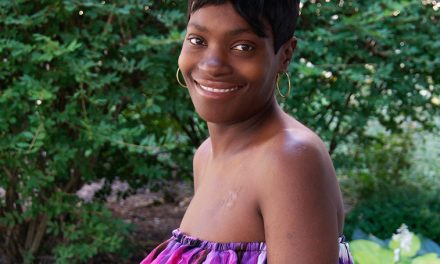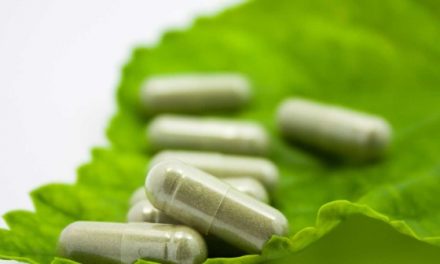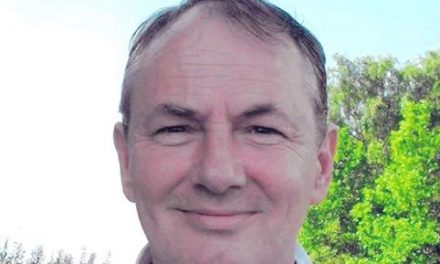The science: Scientists put 24 participants with no history of meditation through an eight-week course on best practices for, “mindfulness-based stress reduction (MBSR),” fancy science talk for meditation. The course consisted of 2.5-hour sessions each week where participants learned “body scanning, sitting meditation, walking meditation and mindful stretching movements.” The scientists also requested each participant perform at least 45 minutes of meditation each day. MRIs were performed before and after the meditation boot camp, and each participant answered a series of psychological evaluations to determine their stress and anxiety levels before and after the MBSR course as well.
The team compared these results to a control group who went through no meditation training at all during the eight weeks.
The comparison demonstrated “an increase of cortical thickness in the right insular lobe and somatosensory cortex” of the meditation group. In layman’s terms, meditation made parts of the brain corresponding to emotion and perception thicker. This ultimately resulted in “a significant after-training reduction of several psychological indices related to worry, state anxiety, depression, and alexithymia.”
So ultimately, meditation made people more emotionally attuned and less depressed — a pretty good argument to spend time solemnly reflecting each day.
The takeaway: We live in a society where depression, anxiety, and stress are increasingly part of our lives. Stress levels among Americans have risen by up to 30%, and it’s not much better in Europe or Asia, where anxiety and depression is growing at alarming rates. Instead of solving the root causes of these problems, Americans are resorting to antidepressants at a higher rate than ever before. One in 10 Americans is now taking a prescription antidepressant.
Meditation, while not a panacea, can help us deal with such a society by decreasing our stress levels and increasing our abilities to emotionally relate to ourselves and others. And with further research, it could provide an alternative to being constantly doped to the gills in order to be happy (or just less depressed or stressed).
Qigong, a Chinese health practice based on gentle movements, meditation, and breathing, has wide-ranging benefits, including improving balance, lowering blood pressure and even easing depression. The Verdict: Increasingly popular in the U.S., qigong (pronounced chee-gong) has been found in recent studies to improve quality of life in cancer patients and fight depression. Other studies have found improvements in balance and blood pressure.
The following Qi Qong video is among one of my favorites. “Mimi” is very good at explaining ALL the moves, and the repitition of each move should be at about 5 to ten times each.
There are five major Taijiquan styles: Chen, Yang, Wu (Hao), Wu, and Sun. The two most important styles are often considered to be the Chen Style and the Yang Style. My own personal favorite is the Chen Style, which was the original Taijiquan style and was not taught to ANY outsiders, including the Chinese people who were not of Chen family, which in essence helped give rise directly or indirectly to all other Taijiquan styles. The Yang Style is the most practiced style in both China and the world today. But the Chen style is also being taught and getting equal footing as the Yang style very rapidly.
All Tai Chi or (Taijiquan) styles involve soft movements. In the Yang Style, essentially all the movements are basically soft. This, again, is not the case in the Chen Style. Even though the Chen Style still mostly involves soft movements, there is a mixture of hard and soft movements. Again, it should be clear to the spectator that the force of the movement is not necessarily constantly soft, but hard movements are scattered throughout the form set. For example, in the First Lu of the Chen Style, about 30% (or roughly 25) of the 83 forms involve some degree of hard movements. Just like in the case of fast and slow movements, it may be only part of a form that is hard, i.e., even within one form, there could be a mixture of hard and soft movements. It is important to emphasize that hard and soft as described in this paragraph refer to the external appearance of the form movement. Through Taiji qigong practice, a form movement may appear to be soft externally, but internally it may be very hard.
Initially, the sole purpose of practicing yoga was to experience spiritual enlightenment. In Sanskrit (the ancient language of India), yoga translates as “yoke” or “union,” describing the integration of mind and body to create a greater connection with one’s own pure, essential nature.
Classes that have gained popularity in the United States usually teach one of the many types of hatha yoga, a physical discipline which focuses mainly on asanas (postures) and breathwork in order to prepare the body for spiritual pursuits.
To get started on your individual yoga quest it’s helpful to begin with a list that clearly prioritizes what needs you want to fulfill: Are you looking to sweat your way into a lean form, or does a gentler, more meditative approach sound more appealing?
“Not all practices fit into nice little cubby holes,” warns Bender Birch. “There’s a great deal of crossover among the various yoga schools, and there’s even a diversity in teaching approaches within each discipline.”
Try attending a few different types of classes, and you’ll quickly discover the right match to suit your needs. Below you’ll find brief descriptions of some of the hatha yoga disciplines that are being practiced in the United States.
Vigorous Vinyasas
Vinyasa-style yoga combines a series of flowing postures with rhythmic breathing for an intense body-mind workout. Here are a few different types:
Ashtanga
The practice of Ashtanga that’s getting mainstream attention today is a fast-paced series of sequential postures practiced by yoga master K. Pattabhi Jois, who lives in Mysore, India. Today, yogis continue to spread Jois’s teachings worldwide, making it one of the most popular schools of yoga around.
The system is based on six series of asanas which increase in difficulty, allowing students to work at their own pace. In class, you’ll be led nonstop through one or more of the series. There’s no time for adjustments—you’ll be encouraged to breathe as you move from pose to pose.
Power Yoga
In 1995, Bender Birch set out to challenge Americans’ understanding of what it really means to be fit with her book Power Yoga. Bender Birch’s intention was to give a Western spin to the practice of Ashtanga Yoga, a challenging and disciplined series of poses designed to create heat and energy flow.
“Most people wouldn’t take a class called Ashtanga Yoga, because they had no idea what it meant. Power Yoga, on the other hand, was something Americans could relate to and know that they’d get a good workout,” says Bender Birch.
Jivamukti
Looking for a highly meditative but physically challenging form of yoga? Try Jivamukti. You won’t be alone.
Each week, more than 2,000 people visit the Jivamukti Yoga Center in New York City. Its popularity lies in the teaching approach of co-founders David Life and Sharon Gannon, who opened their first studio in 1986, combining an Ashtanga background with a variety of ancient and modern spiritual teachings. In addition to vinyasa-style asanas, classes include chanting, meditation, readings, music, and affirmations.
(Below is a video of the Ashtanga Yoga . not for beginners)
Tens of millions of people have long relied on meditation as a way to calm the mind and perhaps even achieve enlightenment, though traditional medical practitioners and others who simply did not buy into the concept have often condemned the practice.Now, however, new research conducted by the Group Health Research Institute shows that quieting and focusing the mind is one way to help decrease chronic low back pain, and without dangerous, habit-forming opioid-based painkillers.
Now for some videos regarding people who had gone into a ‘hibernation’ state of mind or ‘deep meditation’…this of course, is NOT intended as an educational or instruction video, but more of an informative tool, of what has been accomplished, using various meditation techniques.
There are many of these videos on YouTube, like the one boy in India who has been filmed by a crew for over nine months (day and night), and who was monitored by a doctor. He didn’t take a single sip of water, eat a morsel of food, and didn’t move an inch in any direction. Then there are these videos…
Hope this has been informative and useful. Peace and light:))
*Article originally appeared at Minds.












